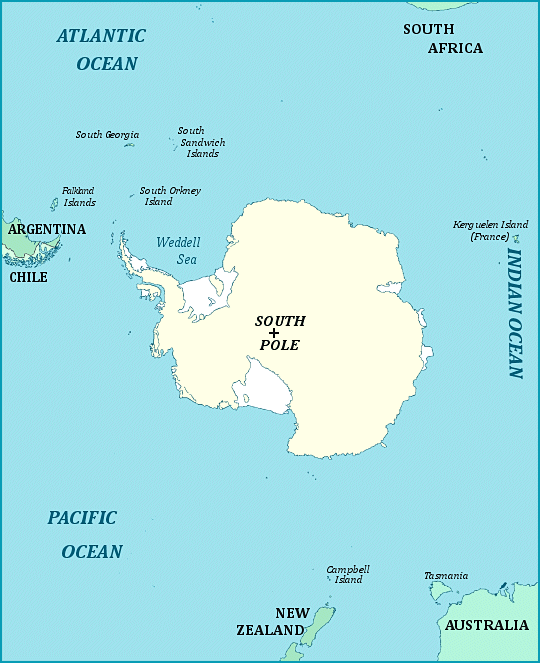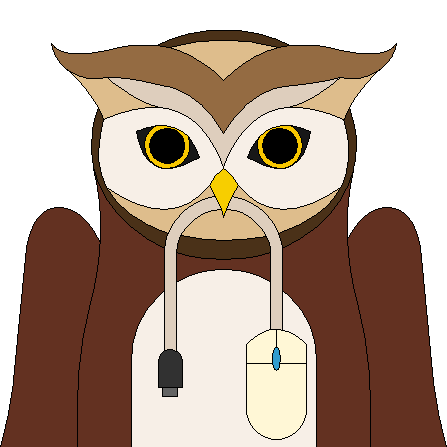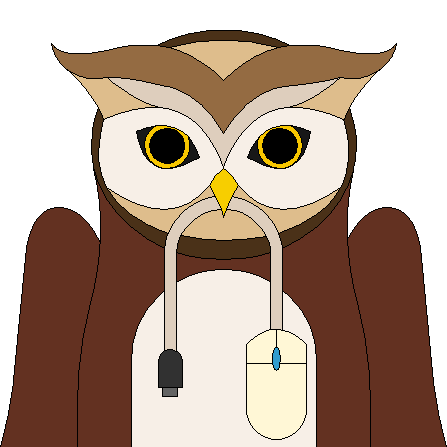
Print this map of Antartica US States and Capitals Map Quiz
Free Maps, Map Puzzles and Educational Software: Owl and Mouse Educational Software
Antarctica is the southern-most
continent; most of it lies within the Antarctic Circle (analogous
to the Arctic Circle in the north.) The South Pole is near the
center of Antarctica while the North Pole is in the Arctic Ocean.
Unlike the Arctic, which is water and floating ice, Antarctica is land,
mostly covered with sheets of ice. The South Pole is on stationary
solid ice, overlaying land. South America is the closest inhabited
continent. Antarctica is the coldest and driest continent. Most of
the continent is high and windy. The Antarctic Peninsula has the most
moderate temperatures in the continent; during January, the temperatures
along the coast average slightly below freezing. Antarctica has no
arable land. It is larger than either Australia or Europe.
There are no native mammals that live on Antarctica,
though there are sea mammals that spend time on the land—basically
several types of seals, some of which give birth on land. Blue
whales and orcas hunt in the rich waters around Antarctica.
Emperor penguins and several other species of penguins make nests and
raise their young on land, using the rich fisheries around Antarctica to
get food for their offspring. A tremendous number of small
invertebrates and single cell creatures live in, on and around
Antarctica. Algae, fungi, mosses, mites, lice, nematodes,
rotifers, springtails survive in the Antarctic climate, some actually
living within the ice, others on the surface. Antarctica lacks
larger plants such as trees and shrubs. Plants and animals must
withstand not only cold temperatures, but the lack of liquid water.
A number of countries have research stations on
Antarctica, of which the US McMurdo Station is the largest, with about
1,000 people over the winter, and several times that many during the
Antarctic summer.
Argentina, Australia, Chile, France, New Zealand,
Norway and the United Kingdom have all made territorial claims on
Antarctica (some of them overlapping). Most other countries do not
recognize these claims. There are a great many discovered and
undiscovered natural resources in Antarctica. It would be very
difficult to extract them and there are political questions as to who
would own them and concerns about damage to the environment.


